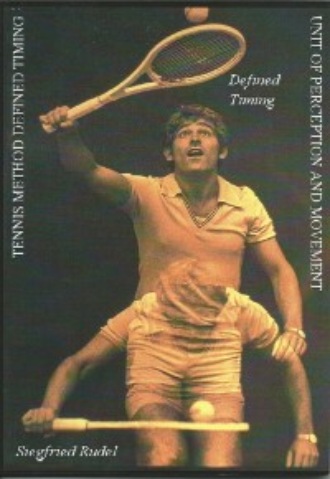
Полная версия
Tennis Method - Defined Timing
• When striking downward: in doing so, the racket face first all follows the upward movement of he ball; during the strike it moves downward·. This movement goes hand in hand with an upward-downward movement (smash/service) of the player.
• When striking upward: first of all, the racket face follows the upward movement of the ball, then it moves downwards, and after this, during the strike, upward again. In doing so the racket face causes the player to make a downward-upward movement with a rhythmical change (volley, half-volley, groundstroke).It does not matter how high the hitter strikes the ball, the timespace relations remain constant.·The movement rhythms created for the strokes mentioned above can be transferred to:
• all smashes and services
(hitting zone during the first rise and first fall above net height)
• all volleys (hitting zone during the first fall of the ball)
• all groundstrokes.
(hitting zone during the second fall after bouncing (figure·4).
Movement Rhythms Strokes Moment of hitting Racket face movement (vert.) 1 smash /service during the 1 rise a. first fall above net height upward - downward 2 volley during the first fall upward - downward - upward 3 half-volley during the rise after bouncing upward - downward - upward 4 groundstroke during the second fall after bouncing upward - downward - upwardFigure 4: Division of the strokes according to movement rhythms
The cause is the independence of the respective horizontal velocity of the ball. If the players move away from each other, the 'catching movement' must also be adapted to the horizontal movement of the ball, with the time constancy in the vertical relations remaining the same. In doing so, the racket face can 'stick' to the ball within the direct space of movement However, as soon as it leaves this space, the longitudinal axis of the racket which points to the ball, keeps contact by means of the simultaneous drawing' of the flight curve of the ball (figure 5).
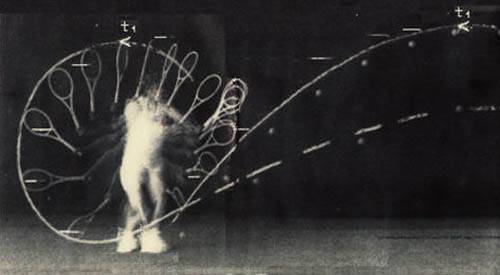
Figure 5: Half-volley - 'drawing'
The rhythm which is created by this keeping of contact, as discussed above, makes possible a controlled imparting of impulse at the moment of hitting. Even if the impulse time only lasts part of a second and no conscious movement correction is possible, the form movement of the racket face must correspond with the actual as well as with the required flight curve before as well as after hitting the ball. This is achieved by a 'guiding path' which is as long as possible. At the same time, the centre of the racket face is level with the target direction, the vertical movement regulates the height, and the inclination of the racket face influences the modulation of the ball flight. If, for example, the ball must be hit without spin, the racket face must be perpendicular to the present movement direction of the ball at the moment of hitting. Since, however, the movement of the ball changes during the movement of the racket, the inclination of the racket face must correspond with the flight curve of the ball by a rotation around the longitudinal axis. Thus, the flight curve of the ball is first of all followed and then anticipated by the 'opening' and 'closing' of the racket face.
However, the racket face is no object hanging in mid-air, but the player must set it into a corresponding motion. In doing so, he orientates his movement action (movement of the racket face) to the ball curve, in moving upward and downward to the vertical aspect, in moving to and fro to the horizontal aspect, and in changing the inclination of the racket face to the connection between the vertical and the horizontal aspect of the ball curve.
The transmitting of the ball curve via the movement of the racket face to the player's body is a grasping, a feeling, a simultaneous 'drawing' of with the player perceives of the ball curve with the aim to determine the future movements of the ball in the 'guiding movement'. This succeeds the better, the more exact this unity with the ball, the unit of perception and movement, is achieved.
1.4 Gravitation and rhythm
If the player's movement is created by the process of 'drawing' of what he sees or strives for, the movement rhythm (timing) which is created in the unit of ball and player thus described is a result of the relations made between the racket face and the ball. The ball curves, which always resemble each other, and the racket face, which simultaneously follows the ball curve, impose the movement rhythm on the player. The recurring movements of the body are similar because the body makes possible the rules which the racket face must stick to. There is a correspondence between the compulsion of the racket face to move rhythmically and the form of the movement of the whole body.
The implication of the simultaneous process of perception and movement is made possible by gravitation.
The player behaves as if he already knew what was going to happen in the future. In moving, he abandons himself to a law which he takes for granted. When moving, he trusts in the validity of the law of gravitation. This trust corresponds to a process which can be made clear by the example of dance. The dancer does not move his feet after having heard a sound or a beat of the melody, but simultaneously with this sound or musical beat. He trusts in the flow/rhythm of the melody, he takes it for granted.
1.5 Own and outside speech
Defined timing offers the possibility of influencing imagination by speech/verbal accompaniment so that a controlled movement can be learned. The invariance of movement rhythms, created by the constancy of time in the vertical aspect, makes possible a simultaneous, i.e. synchronous verbal accompaniment of the movement. In doing so, the form can be made finer by the contents of the words; moreover, the connection of the words as far as time is concerned can be followed. If one counts at the moment of ball contact (series number of strokes), one becomes conscious of the ball contact. If, on top of that, one counts the hitting points of one's partner, one also becomes conscious of the time available for the backswing and the stroke. This optimal utilization of the time available for the return of the ball according to one's objective is achieved via the contact-face form movement which must be learned. The contact-face form movement conveys the movement rhythm: timing a, time experienced A loud verbal accompaniment of the movement brings about the integration of the rythm into the movement. Contrary to thinking out loud, the spokenwords have, apart from their mental contents, a time structure.
So the simultaneous verbal accompaniment makes it possible to imagine the mental contents and the grasping of a universal phenomenon, namely gravitation, which is a part of nature and which physics expresses in terms of laws. The ambiguous unit of concentration and meditative process can be found in the spoken word. Perception as a kind af fixation (cf. C.F.v.Weizsäcker 1983) is given its identity in the simultaneous grasping of the total action.
Whereas with the beginner first of all the period for hitting ('sticking-drawing') the ball is more important in order to find the hitting point, the ball control by means of 'guiding' becomes more important after one has learned the total rhythm. But only by grasping their interrelation can the backswing and the stroke be developed to increasingly dynamic and exact movements. Hitting the ball as a point of the guiding path only has the meaningless function of revealing the physical data of the ball curve by a force vector afterwards. The biological act which is responsible for the result cannot be explained by this.
While practising one speaks and hears one's movement. If one also accompanies the movements of one's partner verbally, one helps him in timing and trains oneself in watching and grasping one's partner'' movement which determine one's future (next ball to hit). If both players (figure 6) accompany their own and their partner's movements verbally, an automatic correction of timing ('mirror image'/ model) is done by means of the synchronousness of the language ('chorus').
In both cases a continuous concentration is achieved, a flowing 'thread', which cannot be disturbed by influences outside the game. This process is responsible for creating this absentmindedness which is characteristic of all playful acts.
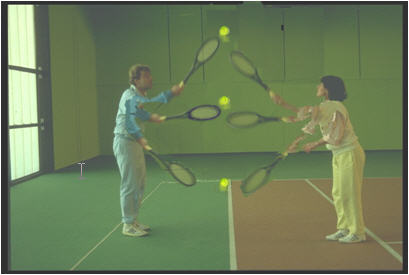
Figure 6 : Identity of mirror movement and synchronous speech
1.6 Freedom and compulsion
The different approach is made clear by d~veloping the success of a movement by means of the contact-face form movement of racket face and ball and not by seeking the solution by means of a phenographic movement description. While the phenographic approach is based on the belief in the existence of 'the movement' and the 'required value', our approach regards movement only as a possibility. The mov ment form is not determined by the determinism of a kybernetic system, but by the person's freedom in a situation which he is responsible for and which he nust react to. In doing so, the contact-face form movement, which must be learned, at first sight appears to be an unnatural compulsion, a compulsive movement between racket face and ball. Between racket face and ball a mathematical-physical relation is established, and straight lines, parabolas and gravitation are used in order to make the description more precise. This clearness regarding the phenographic form in connection with the purpose of the movement, namely to hit the ball correctly, corresponds to an exactly defined idea as far as perception is concerned. Movement terms such as 'keeping contact', 'guiding', 'opening', 'closing' can be described by physical terms such as circle, straight line, parabola, curve and pendulum.
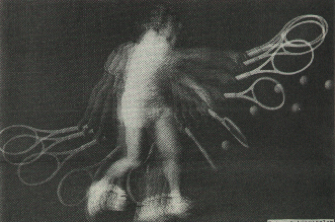
Figure 7 : Groundstroke - 'Guiding'
In reality, however, the compulsive movement is only the ambiguous side of freedom. The freedom of making the decision to achieve a definite goal has to be paid with the sacrifice of the variety of possibilities, i.e., the player must make a decision. After having chosen, he is submitted to the laws of one possibility. In this context, Christian (1963) speaks of the turning-to, which at the same time is an act of assessment, as something typically human.
If the ball must be placed into a large target area, the racket face can move only very uncontrolled (in an unstructured way). If the small target area, however, is hit well (series), the face movement gets more precise in order to guide the ball (figures 7, 8). If the distance and the height of the ball curve are established in advance, if: forward and backward spin (modulation) are additionally reguired, if the conditions of ball expectation and the actions of the partner involved are taken account of, then the movement of the racket face, which at the moment of hitting must have the corresponding strength momentum, gets more and more definite.
The coincidental form between ball and racket face, the parallelism between perception and movement - offers the possibility to describe the process as a psycho-physical interrelation, which takes account of the axiological character, the purpose of the movement (cf. Christian 1963).
The mathematical-physicaI relation between the movement of the racket face and the ball in connection with the purpose af the movement to hit the ball correctly and to place it makes possible the description of a space-time-structure, the timing of the movement. This structure is characterised by goal, expectancy, speach and action and opens up possibilities of movement learning unthought of-
This learning of movement must take account of the definiteness of a mathematical-physica1 terminology as well as of the realisation of the perception which takes place simultaneously.
Thus, the seeming contradiction between freedom and compulsion resolves itself in the form.
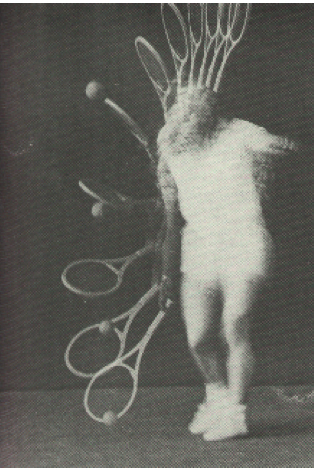
Figure 8 : Half-volley - 'Guiding'
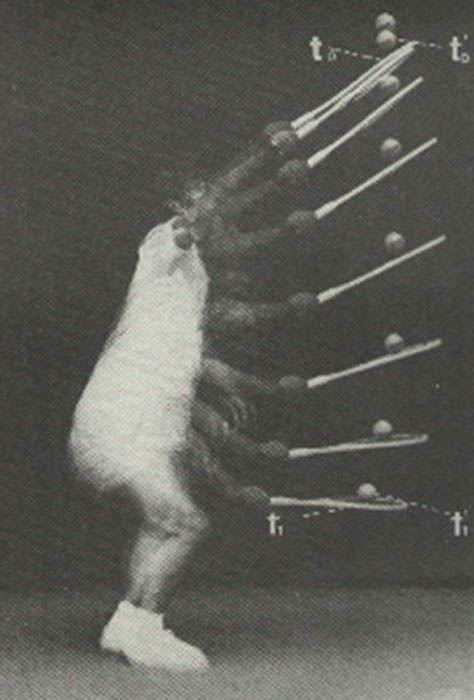
Figure 9 : Throwing' - 'Catching'
2. DEFINED TIMING: PRACTICAL CONSEQUENCES
Like the finding of the coincidental movement form, the 'forming' by 'grasping', the outer structure of the teaching system was developed through the continuous interplay between the whole action of a lesson and its realisation.
2.1 Movement rhythms and definition zones
The definable perception zones and the corresponding movement structures are related to the four movement rhythms: groundstroke, half-volley, volley and smash.
Figure 9 shows the throwing and catching of the ball as a basic exercise from which the four movement rhythms are deduced
The curve in figure 10 shows the player's whole perception zone when performing the groundstroke. The broken part of the curve represents the hitting zone: racket face - ball (second falling).
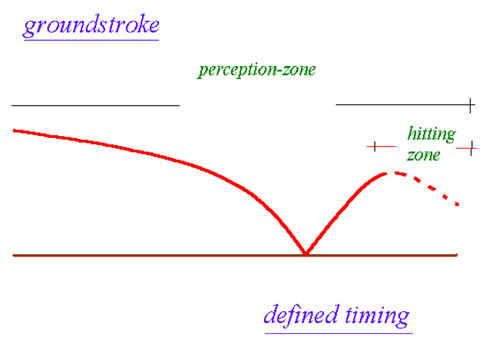
Figure 10 : Definition zone - groundstroke
The movement structure 'sticking' of the racket face to the ball, which is a part of the hitting zone, can be seen in figure 11. This 'sticking' within the direct space of movement develops the 'drawing' of the ball curve in the distance.
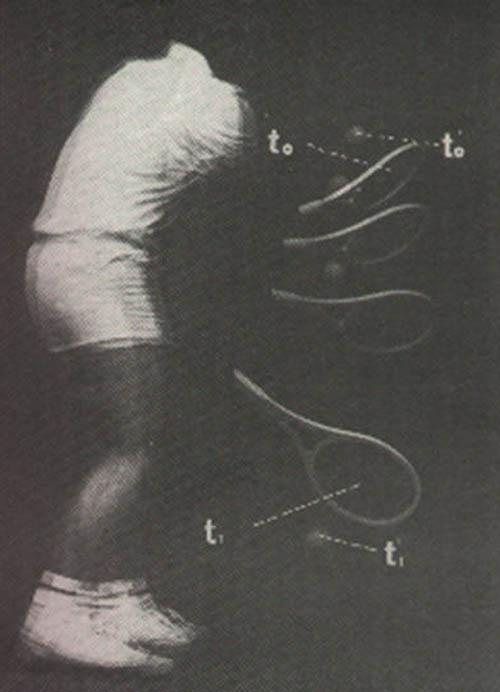
Figure 11 : Movement rhythm groundstroke - 'sticking'
The curve in figure 12 is a demonstration of the whole perception zone for the half-volley. The broken part of the curve (rising section after the bouncing of the ball) is once again a representation of the hitting zone.
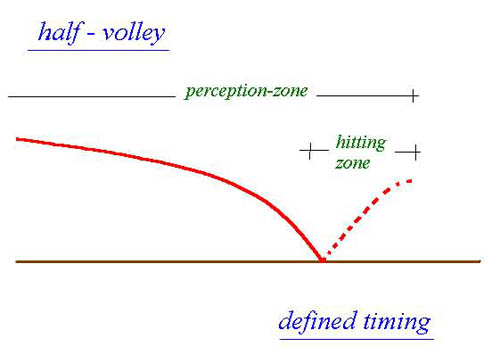
Figure 12 : Definition zone - half-volley
Figure 13 shows the corresponding movement structure with the example of the half-volley played out of the hand. Racket and ball are simultaneously at an identical height.
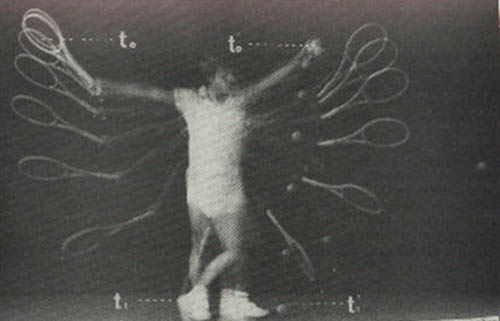
Figure 13: Movement rhythm half-volley - 'low'
Note: The requirement of a 'steady' perception has as its goal a slow guiding-beam-movement (eye-head-body-ball). The movement of the whole body when turning to the ball is a reasonable measure for achieving a retinal image which is as motionless as possible. Within the zone of a guiding-beam-velocity that is 'too high', a gap of perception is a reasonable equivalent. This particularly concerns the zone shortly after the bounce of the ball on the ground (high vertical angular velocity~of the guiding beam). Within the zone of the direct movement space of the body, the player avoids a too high horizontal angular velocity of the perception-guiding-beam by hitting the ball in front of the body (between himself and the intended direction of the ball).
Figure 14 shows the whole zone of perception when playing a volley.The broken part of the curve (first falling of the ball) represents the hitting zone.
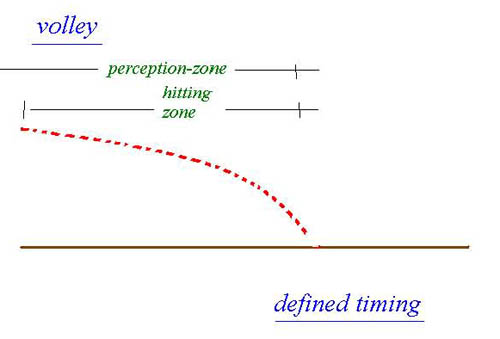
Figure 14 : Definition zone - volley
Figure 15 shows the structure of the movement. The racket face follows the ball.
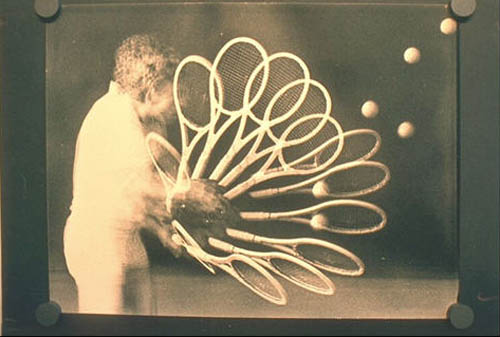
Figure 15 : Movement rhythm volley - 'drawing'
Figure 16 is an illustration of the perception and hitting zone for the smash, which is identical with the serve.
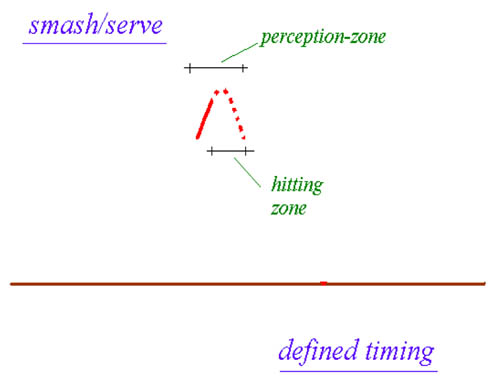
Figure 16 : Definition zone - serve/smash
Figure 17 shows how racket face and ball rise simultaneously as in the example of the serve. When the ball leaves the direct movement space of the body a guiding-beam movement of the horizontal axis of the racket keeps contact with the ball. The toss of the ball when performing the serve corresponds with the partner's lob when hitting a smash. Contrary to the rhythms of the groundstroke, the half-volley and volley, the target in this case is down on the ground i.e., the movement of the racket face is, as far as space is concerned, no longer performed downward - upward, but upward - down-ward.
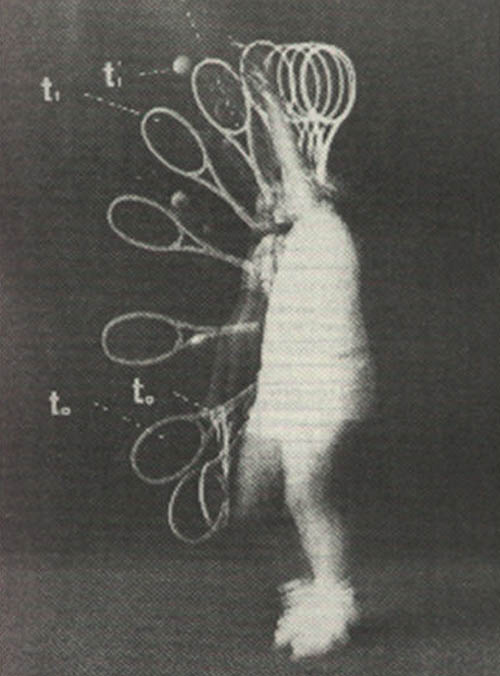
Figure 17 : Movement rhythm serve - 'high'
2.2 Exercise sequence
Exercise instructions and explanazions (for film or instruction board) are laid down in the so-called exercise sheet as follows (figure 18):
• exercise number
• exercise sequence
• definition zone (movement rhythm)
• title
• target and anticipation areas
• movement instruction
• speech
• performance measurement
The symbolic and verbal information ist sufficient for the description of an exercise. A cinematic (pictorial) presentation is not necessary, but simplifies e.g. the understanding of the sequence of exercises and the organisation of the lesson. The pupils must be shown by means of the cibernatic presentation the spatial distribution and role attribution (hitter, umpire etc.). The division into a vertical and lateral aspect when watching the movemnet (e.g. in the film) is a ´natural view´ because of the invariance of G. Thus, the pictures from rear view structure the movement in the clearest way.
The independence of the vertical and the horizontal movement makes it possible to construct the exercise sequence from the easy to the difficult as a geometrical developement from clos to distant. If the movement rhythm ist constant, there is only a quantitative change of hte movement form which takes place parralel to this developement. So the player's state of performance can be determined by geometrical structures. For the four movement rhythms and their combination a modified line system for the target and anricipation areas is necessary. These lines fix the limits of the game within the space, on the spot, when walking and running as well as when playing with the partner, from a small to a great distance.
The determinability of the perception contents parallel to the action, which takes place in time, makes speech possible. The words are connected with the action as far as contents and time are concerned

5. TARGET-ANTICIPATION-AREAS
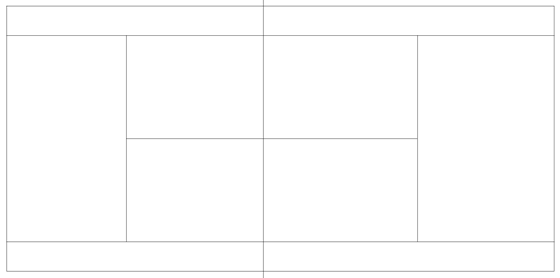
6. MOVEMENT-INSTRUCTION:
7. SPEECH:
8. EXERCISE SEQUENZ
Player A Player B Face Speech MI Required performance Face Speech MI Required performance Exercise time 1. 2. 3. 4. 5. 6. 7. 8.


